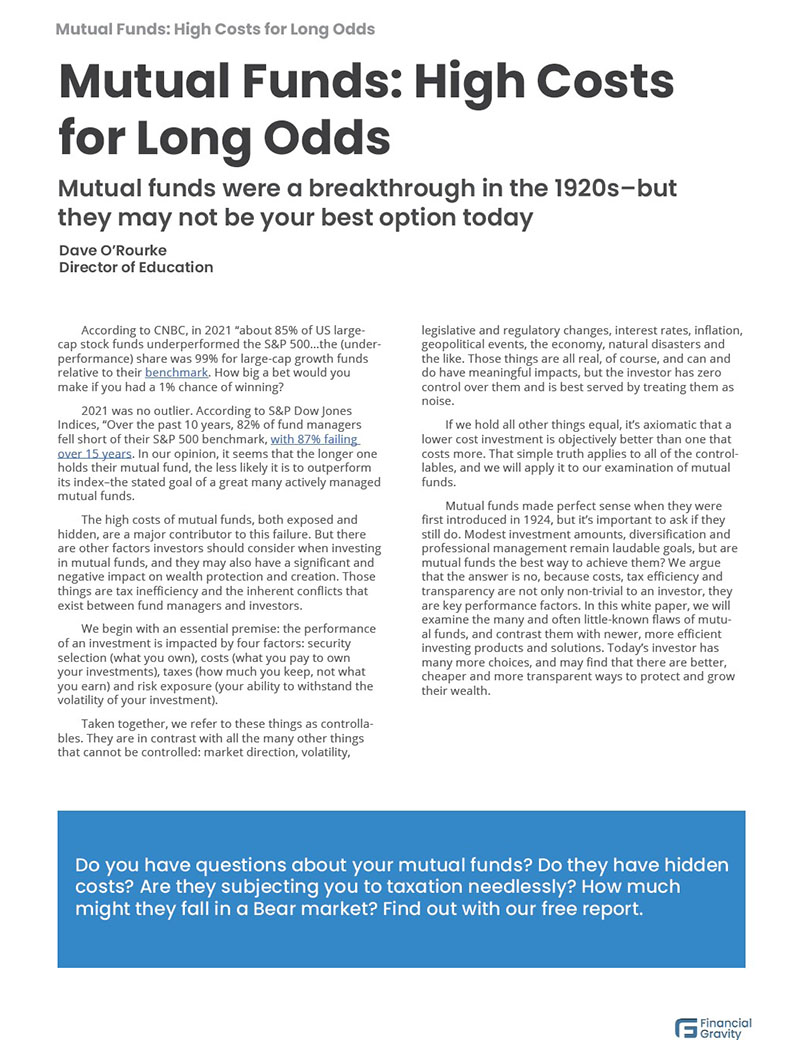Interest Rates in the USA Since the 1960s: A Historical Overview
Americans under 40 may not realize how dynamic interest rates have been in the post-war era. Americans have enjoyed historically low interest rates for a generation, with the baseline Fed funds rate near zero between 2008 and the Spring of 2022 (during that period, the peak was 2.5%). It may be hard for younger Americans to grasp that low rates are the historical exception, not the rule. In 1980, for example, the Fed rate topped out at 20%.
Interest rates in the United States are influenced by various economic conditions, policy decisions, and global events. This historical overview examines the trends and key events that have shaped U.S. interest rates over the past six decades and includes the real (after inflation) return of the S&P 500 for each decade.
The 1960s: Stable Growth and Moderate Rates
The 1960s were characterized by relatively stable economic growth and moderate interest rates. The Federal Reserve maintained a relatively low and stable federal funds rate, which fluctuated between 3% and 6%. This period saw low inflation and steady GDP growth, supported by post-war economic expansion and increased consumer spending.
S&P 500 Average Annual Real Return: 5.2%
The 1970s: Stagflation and The Misery Index
The 1970s were a time of significant economic challenges, notably stagflation—a combination of high inflation and stagnant economic growth. President Carter coined the term “Misery Index” to refer to the addition of the unemployment rate and the CPI, which peaked at 21.98 in 1980. The decade began with relatively low interest rates, but the 1973 oil embargo and subsequent energy crisis led to skyrocketing inflation. By 1974, the inflation rate had surged to over 12%, prompting the Federal Reserve to hike interest rates to combat rising prices.
Under Chairman Paul Volcker, the Federal Reserve took drastic measures to curb inflation in the late 1970s and early 1980s. The federal funds rate was raised to unprecedented levels, peaking at 20% in June 1981. These high rates successfully reduced inflation but also led to a severe recession.
S&P 500 Average Annual Real Return: -1.4%
The 1980s: Paul Volcker’s Disinflation Regime
The early 1980s were marked by the continuation of high interest rates as the Fed focused on disinflation. The aggressive monetary tightening eventually brought inflation down from its double-digit highs to below 4% by 1983. As inflationary pressures eased, the Fed gradually lowered interest rates, and by the mid-1980s, the federal funds rate had decreased to around 6%, fostering a period of economic recovery and expansion that would be dubbed “Morning in America.”
S&P 500 Average Annual Real Return: 11.6%.
The 1990s: Economic Expansion and Monetary Stability
The 1990s were characterized by robust economic growth, technological advancements, and low inflation. Under the leadership of Chairman Alan Greenspan, the Federal Reserve maintained a more balanced approach to interest rate management. The federal funds rate fluctuated between 3% and 6%, responding to various economic conditions such as the early 1990s recession and the mid-1990s dot.com fuelled economic boom.
The latter half of the decade saw sustained economic growth and low unemployment, often referred to as the “Great Moderation.” This period of stability allowed the Fed to maintain relatively stable interest rates, contributing to a favorable economic environment.
S&P 500 Average Annual Real Return: 14.7%
The 2000s: Dot-Com Bust, Housing Bubble, and Financial Crisis
The early 2000s began with the burst of the dot-com bubble, known as the “Tech Wreck,” leading to a mild recession. In response, the Federal Reserve cut interest rates significantly, with the federal funds rate dropping from around 6.5% in 2000 to 1% by 2003. These low rates, combined with lax lending standards, contributed to the housing bubble of the mid-2000s.
The collapse of the housing market in 2007 triggered the global financial crisis, prompting the Fed to take unprecedented actions. Interest rates were slashed to near-zero levels by December 2008, and the Fed implemented various unconventional monetary policies, including quantitative easing, to stabilize the financial system and support economic recovery. This was the period when the U.S. government debt began to balloon in earnest.
S&P 500 Average Annual Real Return: -3.4%
The 2010s: Recovery and Gradual Normalization
The 2010s were dominated by efforts to recover from the financial crisis. The Fed kept interest rates near zero for an extended period, aiming to stimulate economic growth and reduce unemployment. As the economy gradually recovered, the Fed began to normalize monetary policy. Starting in 2015, the Fed implemented a series of gradual rate hikes, raising the federal funds rate from 0.25% to 2.5% by the end of 2018.
This period also saw the tapering of quantitative easing programs and a return to more conventional monetary policy tools. However, the pace of normalization was cautious to avoid derailing the ongoing economic recovery.
S&P 500 Average Annual Real Return: 9.52%
The 2020s: Pandemic Response and Economic Uncertainty
The COVID-19 pandemic in early 2020 prompted the Fed to once again cut interest rates to near-zero levels to mitigate the economic impact of the global health crisis. The federal funds rate was reduced to a range of 0% to 0.25%, and the Fed reintroduced quantitative easing, purchasing large quantities of government securities and mortgage-backed securities to ensure liquidity and support economic activity.
The federal government injected trillions of dollars into the economy in an effort to forestall a pandemic-induced recession. Federal net outlays in 2020 amounted to over 30% of U.S. GDP that year, the highest share since World War II.
As the economy began to recover in 2021 and 2022, inflation surged due to supply chain disruptions and increased demand. In response, the Fed started raising interest rates to combat inflation, marking a shift from the ultra-accommodative policies implemented during the pandemic. The Fed funds rate is currently at 5.25 – 5.5%, and the 30-year fixed rate mortgage rate is 7.56% (statistics as of June 25).
S&P 500 Average Real Return 1/1/2020 through 6/24/24: 8.7%
Making Predictions Is Hard, Especially About the Future
We cannot reliably predict future events, but we do know that interest rates are affected by a variety of factors, not just Fed policy, in a dynamic process. We simply cannot say when or if rates will change or what the impact of any change may be. Sometimes rate changes have been associated with recessions, and sometimes with robust growth. As you can see, looking back, the stock market’s real returns can vary widely—and we can’t predict that, either. But, it is not unwise to conclude that constant exposure to a diversified portfolio of stocks is likely to provide a real return over the long term. We can also see from history that stocks are more likely to provide a real return than cash, CDs, or bonds.
Hope for the best and plan for the worst remains the credo of the investor. Patience and discipline are the foundation of investing success. Americans have enjoyed historically low interest rates for a long stretch of time, and it may be a long time before we see 2.5% fixed mortgages again.








